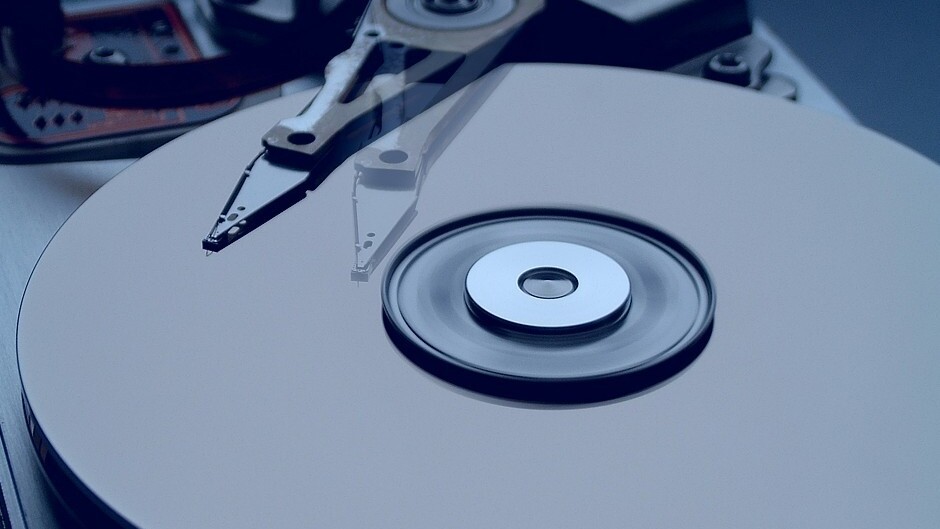
Google on Thursday announced the launch of a “Save to Drive” button for its Google Drive service. The feature is available now: you can implement it on your site as well as start saving files from sites that have already done so.
For Web developers, the button means adding just two lines of HTML to their site. For Google Drive users, all it takes is one click and the file in question is saved to their account.
Here it is in action:
There’s also a JavaScript API, which gives you programmatic control for the creation of Save to Drive buttons in your web pages. More information is available on developers.google.com. Google is also answering questions on Stack Overflow.
“The Save to Drive button works in the context of the user’s browser,” Google explains. “This allows your users to save files that could require some form of HTTP authorization – such as a session cookie – without any special customization from you.”
Google essentially wants you to get in the habit of clicking a Google Drive save button on websites rather than right-clicking the content you want and then saving it to your local hard drive. That’s a huge habit to change, and this is likely the second step of many.
The first came in the form of a Chrome extension released late last year, letting you save content from websites directly to Drive. We wouldn’t be at all surprised if one day this feature became a part of Chrome itself, as Google pushes on with its strategy of blurring the line between browser and operating system.
See also – Google Drive gets profile pictures, one-click group chat, and a new look for anonymous users and Google Drive’s Create menu now lets you add and access third-party, Drive-enabled apps
Top Image credit: Pawel Kryj
Get the TNW newsletter
Get the most important tech news in your inbox each week.





